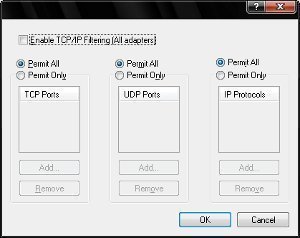A NetBIOS node type is a method that a computer uses to resolve a NetBIOS name into an IP address. A NetBIOS node type allows an administrator to configure the order and method that a client uses when resolving NetBIOS names to IP addresses.
Understanding how the various node types function will help users to properly configure their WINS solution. Windows Server supports the following node types:
- B-node (broadcast): it uses broadcasts for name resolution and registration. In a large network, a broadcast increases the network’s load. In addition, routers usually stop all broadcasts to forward, so only computers within the local network will respond.
- P-node (peer-to-peer): it uses a NetBIOS name server such as WINS to resolve NetBIOS names. P-node does not work with broadcasts because it directly queries the name server, enabling computers to resolve NetBIOS names across routers. P-node requires all computers to be configured with the NetBIOS name server IP address. If the NetBIOS name server is not functioning, computers will not be able to communicate.

- M-node (mixed): combines B-node and P-node, but functions as B-node by default. If M-node cannot resolve name using broadcast, then it uses the NetBIOS name server P-node.
- H-node (hybrid): combines P-node and B-node, but functions as P-node by default. If H-node cannot resolve a name with a NetBIOS name server, then a name broadcast is used.
Windows Server 2003 and Windows XP are configured as B-node types by default. When Windows XP, Windows Server 2003, or Windows 2000 is running on a computer and is configured to use WINS server addresses for name resolution, it automatically changes to H-node as H-node node type is for NetBIOS name registration. However, other operating systems may use other node types.
Users can use Dynamic Host Configuration Protocol (DHCP) options to assign the node type. To view a computer’s node type, type ipconfig/all at a command prompt.




ghfcgb
ghjgfhhgch